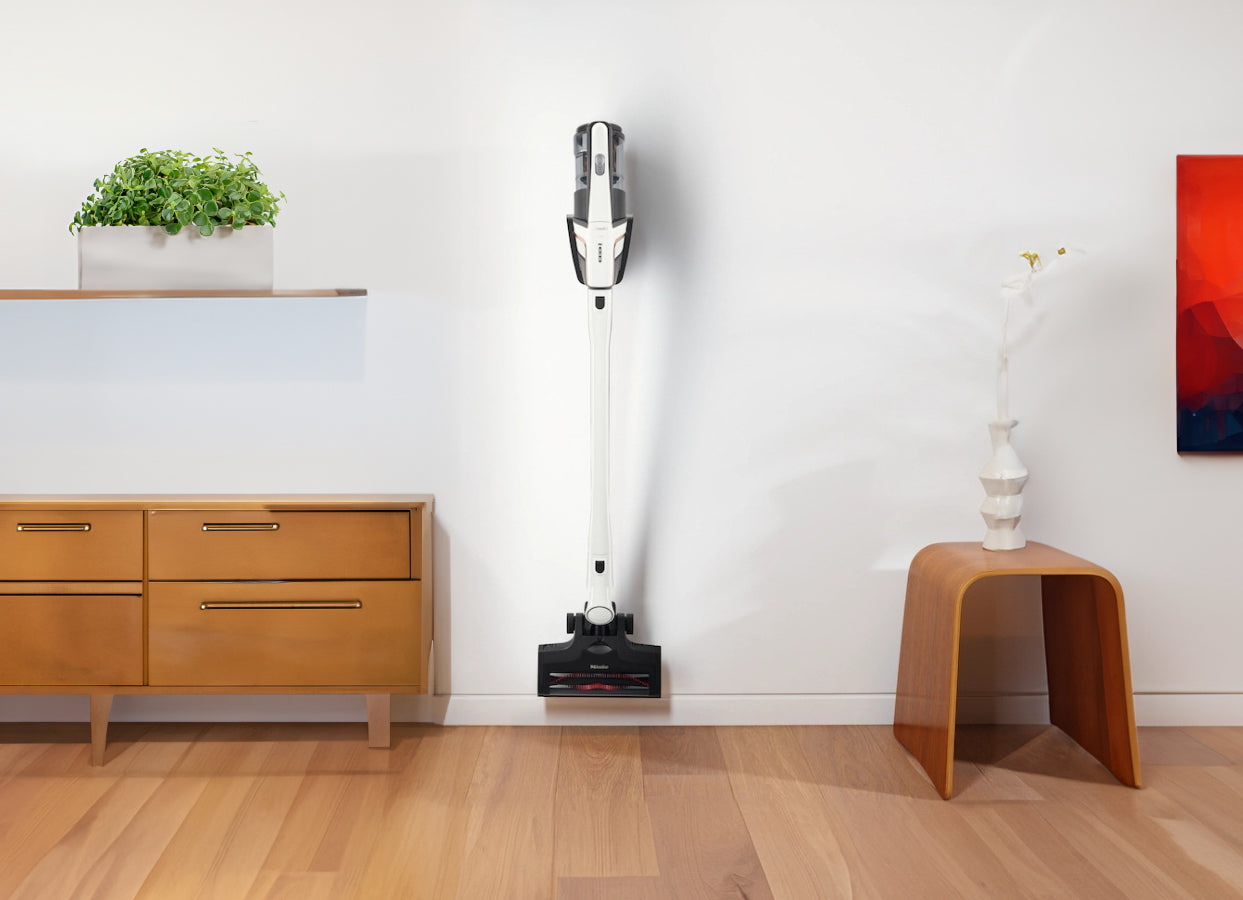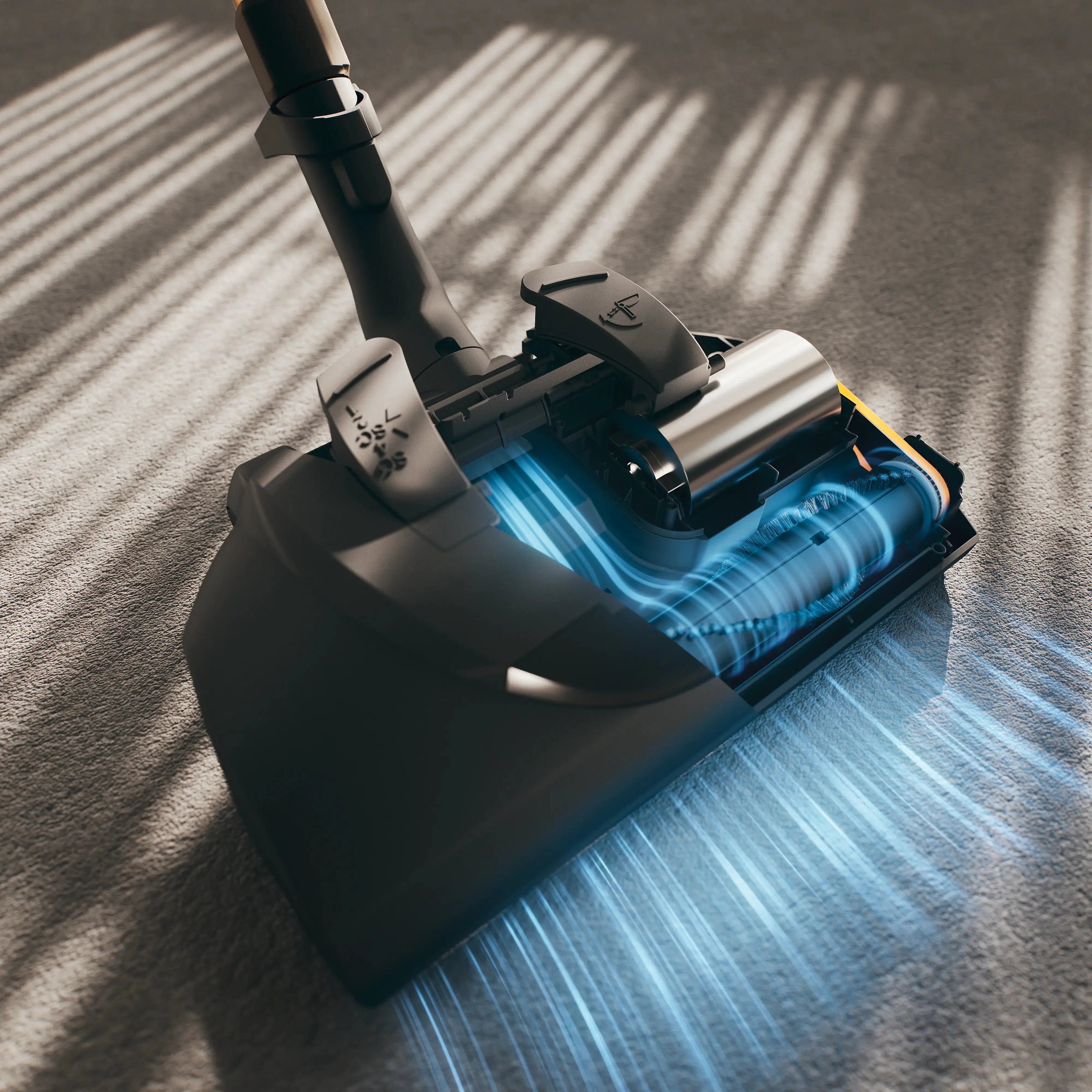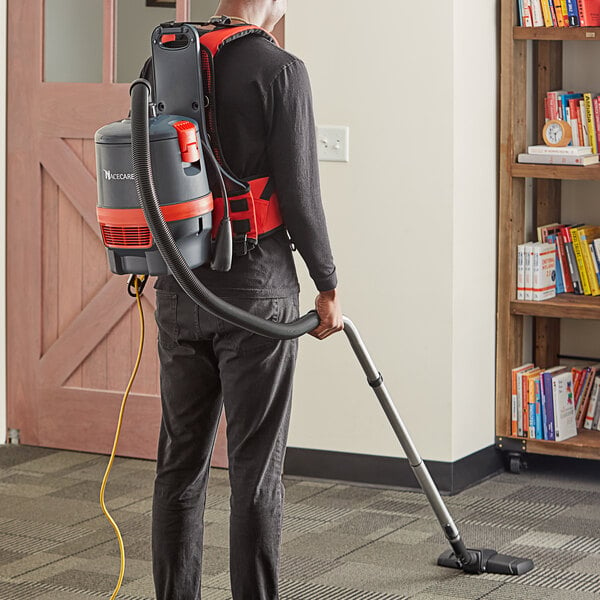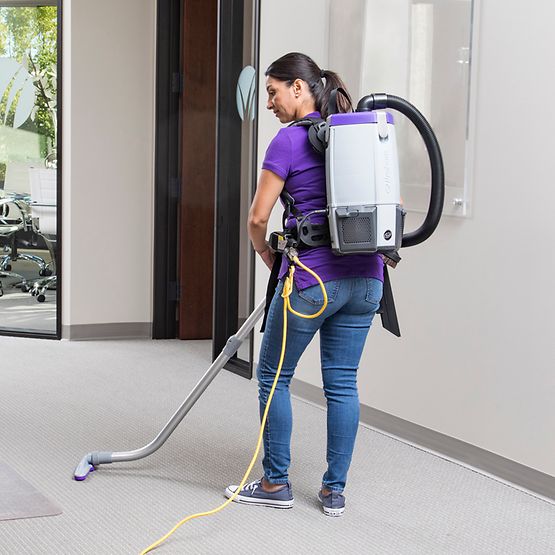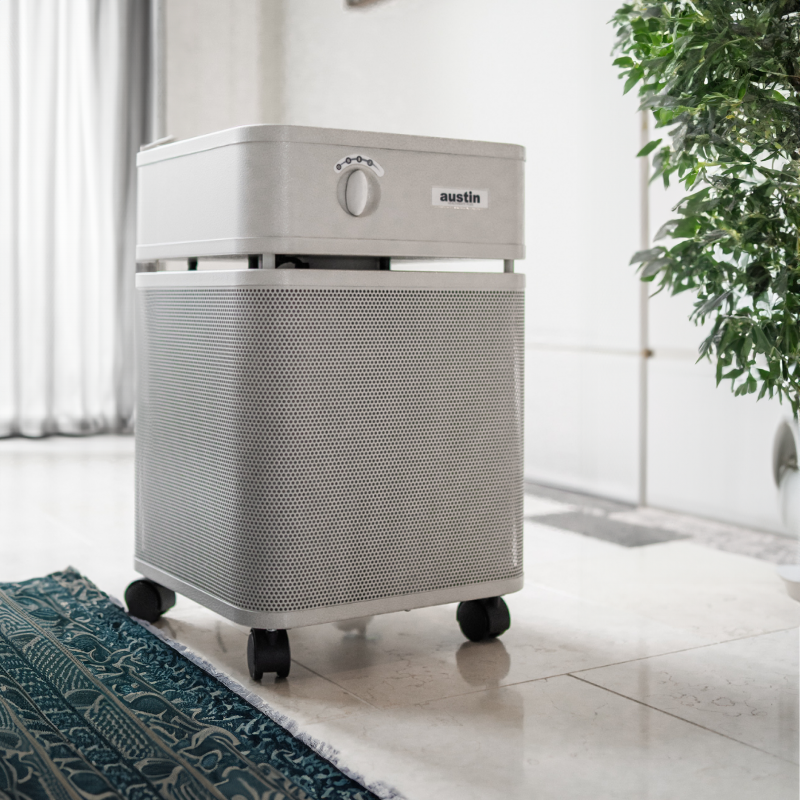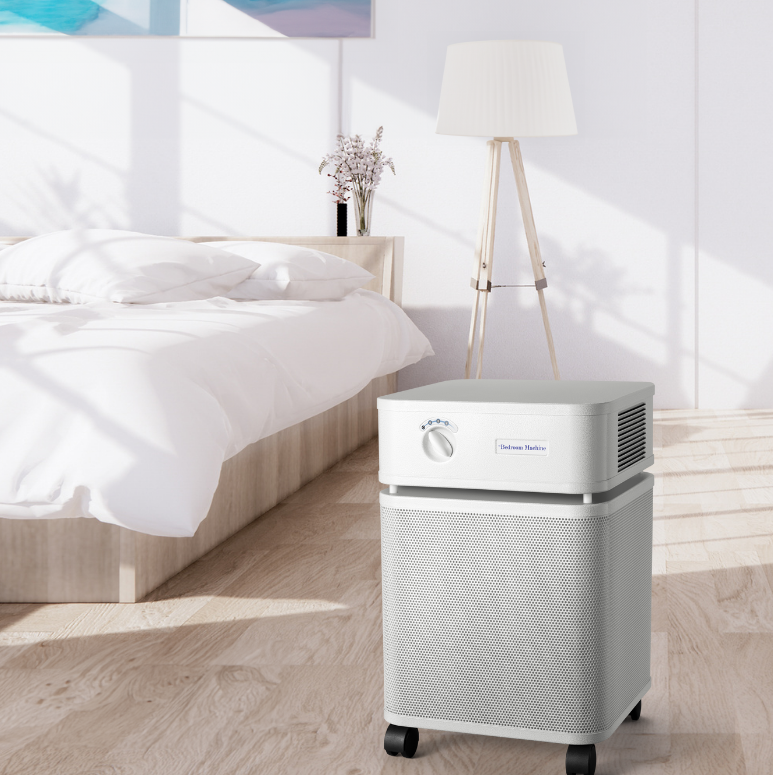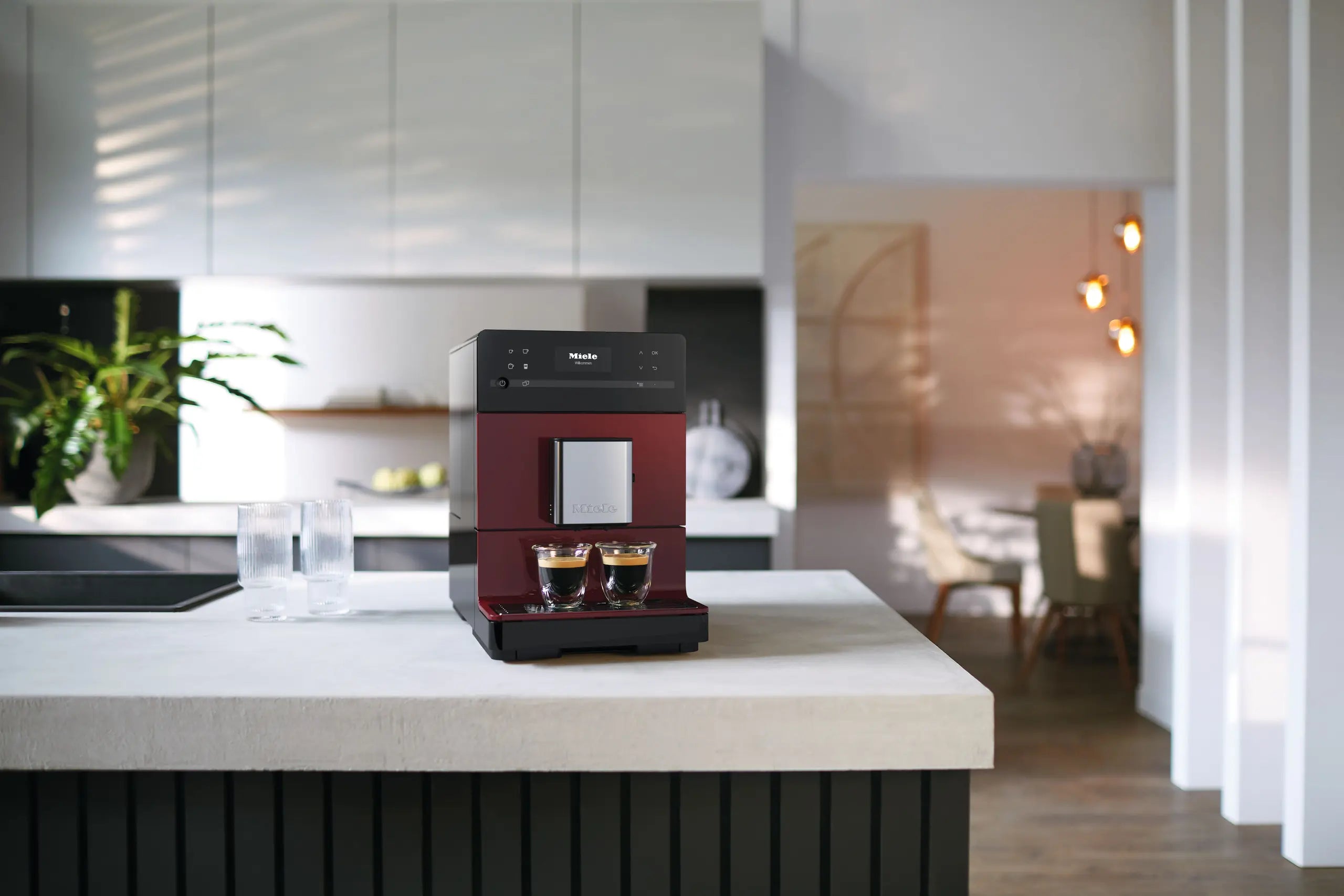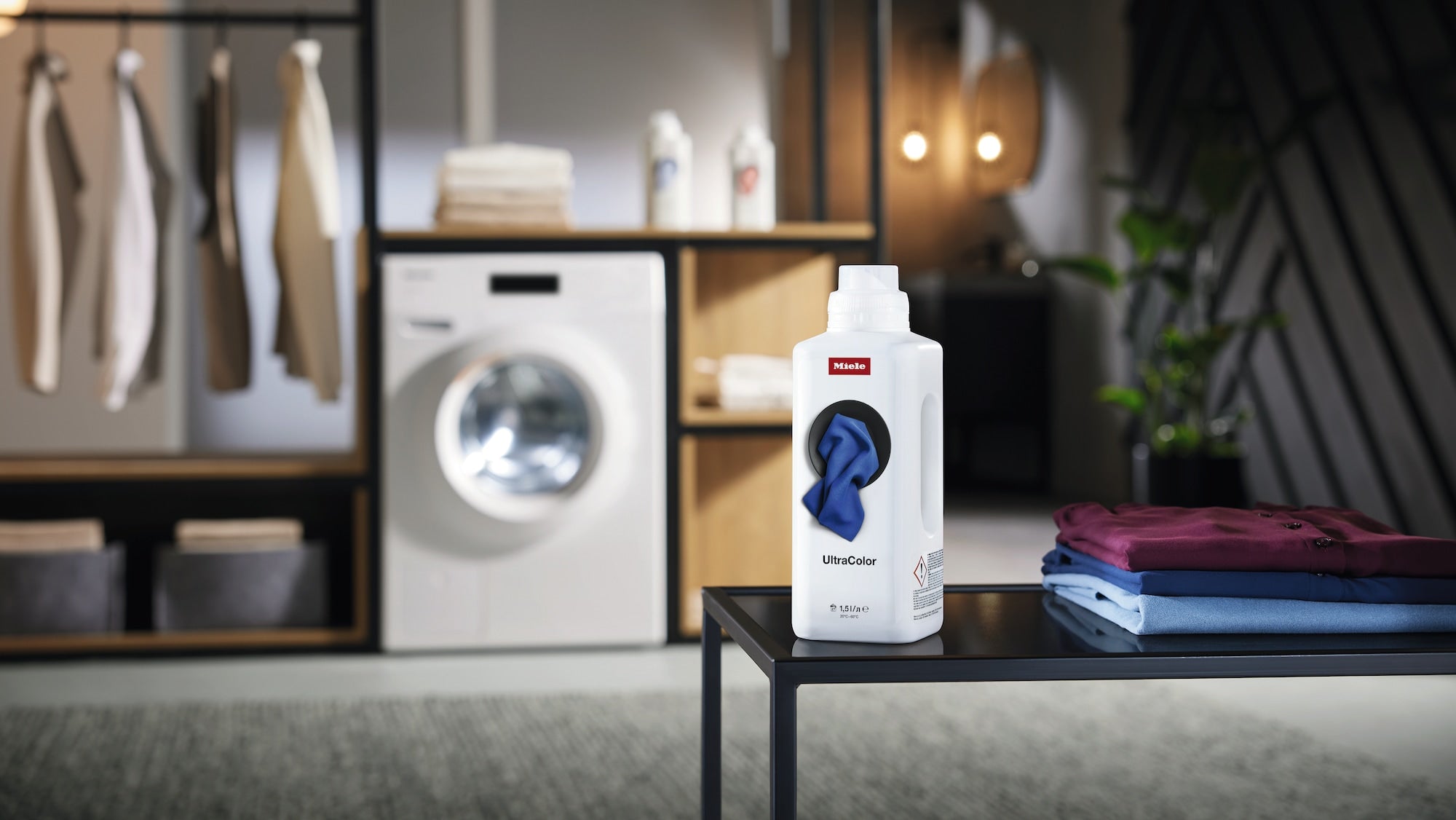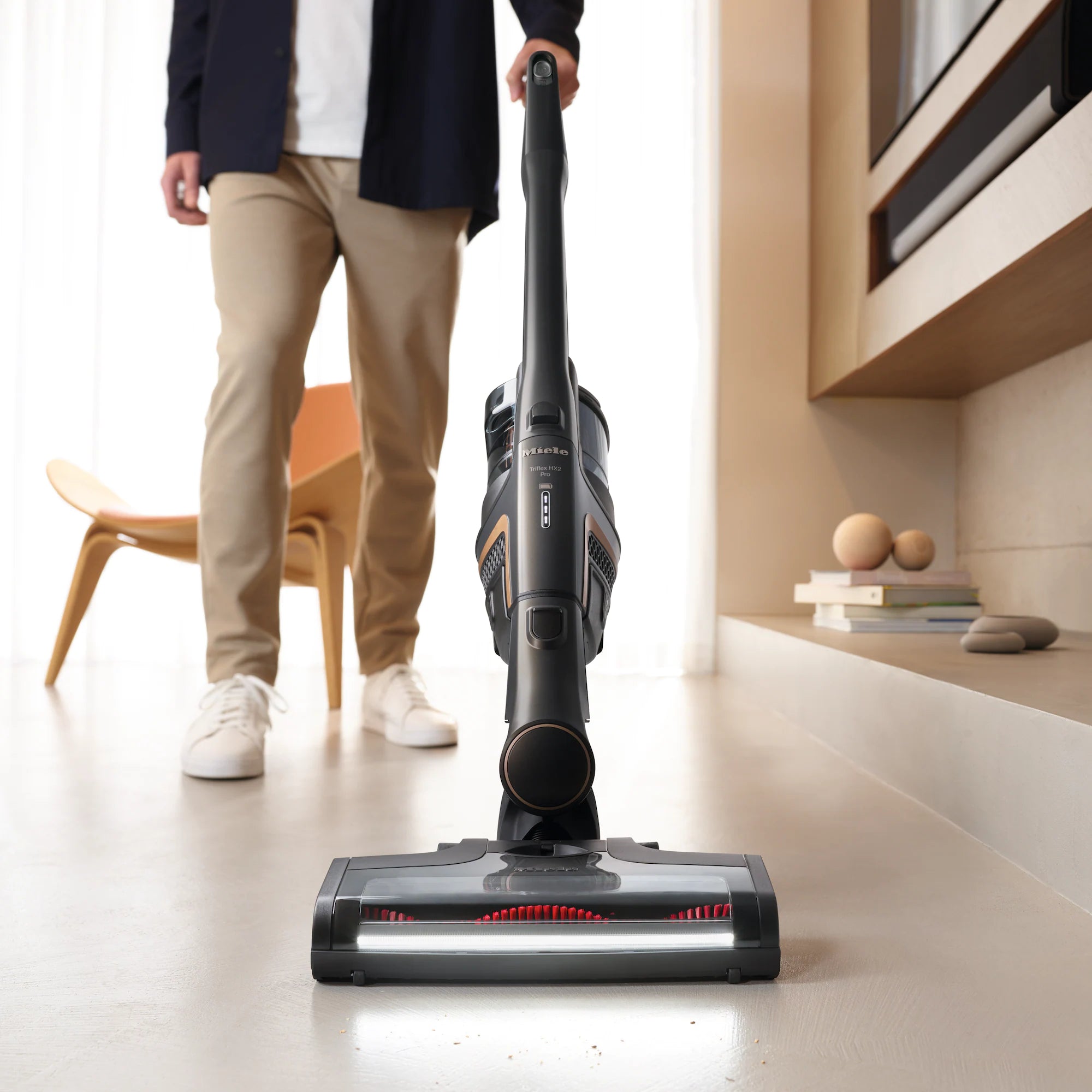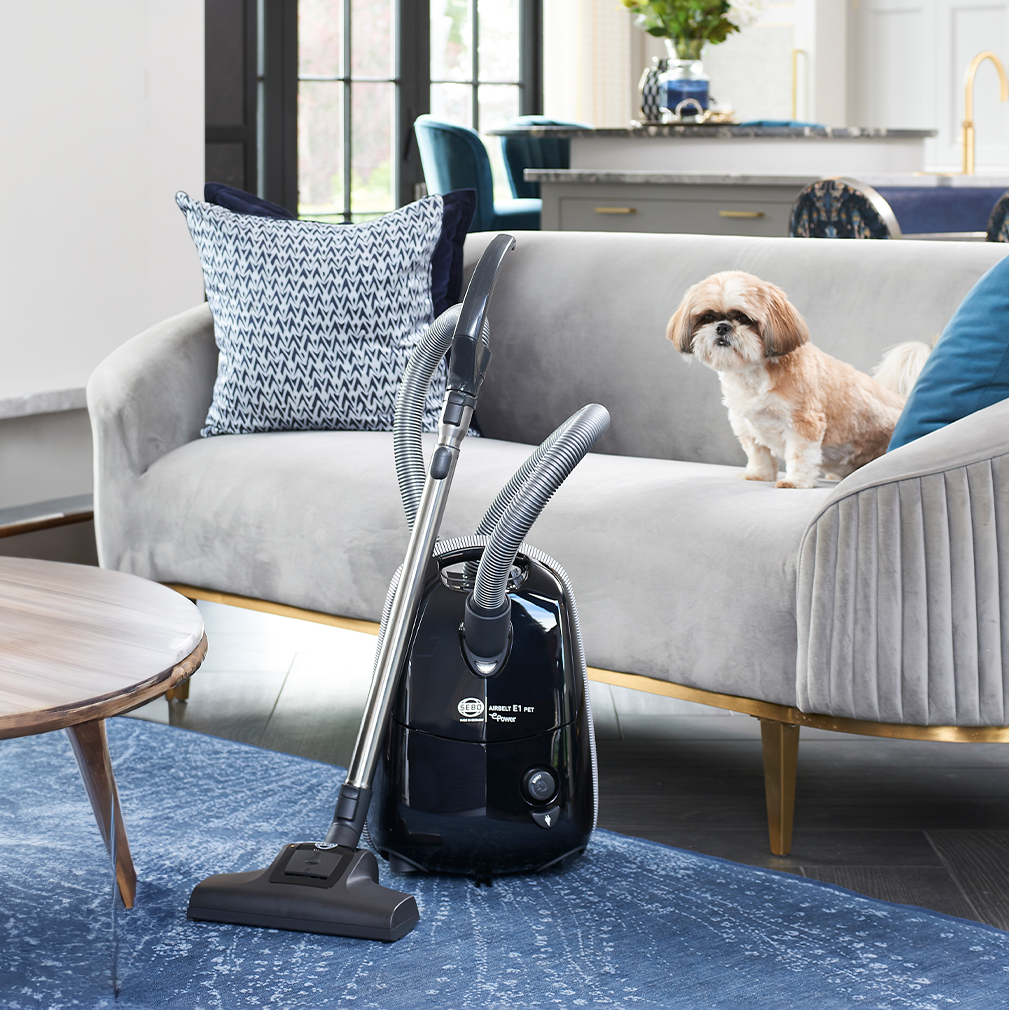Understanding
Vacuum Cleaner
specifications
Understanding Vacuum Cleaner Specifications
Understanding vacuum cleaner specifications is one of the most challenging aspects of selecting a new vacuum cleaner. First and foremost, consumers want vacuum cleaners that offer the best cleaning ability. And most consumers typically equate cleaning ability with "power" or "suction".
Cleaning ability is not just about vacuum suction power, even though this is an important element of vacuum cleaner performance. With a little information and education, you will be able to sift through the numbers and better understand what the specifications mean and which ones are important to you.
Unfortunately, there is no single rating that indicates cleaning ability. However, there are a number of primary vacuum cleaner specifications, that when clearly understood, allow consumers to make educated decisions concerning which vacuum cleaner will have the best cleaning ability.
These primary specifications include watts, amps, volts, water lift (or sealed suction), horsepower, air watts, and airflow.
There are also a number of other, secondary specifications that influence cleaning ability that we'll also examine. These include filtration, cleaning tools (agitation), capacity, quality, noise, features and cost.
In order to make sense of all this we first need to understand the basics of how a vacuum cleaner works.
All vacuum cleaners operate based on air flowing from the opening at the cleaning head or tool, through the vacuum cleaner and the bag and/or filter system and then out the exhaust port. This airflow is created by the vacuum motor, which also may be referred to as the suction motor.
The vacuum motor consists of electrical components attached to a fan or multiple fans. When the fans spin, a partial vacuum is created and the pressure inside the vacuum cleaner drops below the ambient (or existing) air pressure in the room. Because air pressure is higher outside the vacuum cleaner than inside, air rushes through the vacuum cleaner.
So, it is easy to see that the vacuum motor is the heart of a vacuum cleaner. After all, the more powerful the motor, the greater the pressure differential and therefore the more vacuum suction power and airflow, right? And it is for this reason that most of the specifications you see concerning cleaning ability relate either directly or indirectly to the motor.
But here's where it gets tricky. Specifications for components such as the motor do not necessarily relate to the performance of the entire vacuum cleaner, and therefore are only a part of the story.
Let's take a look at the primary specifications one by one:
Watts
The input power of the vacuum motor is measured in watts. Although this specification doesn't take into account the efficiency of the motor, the number of fans or the overall vacuum cleaner design, motor wattage is a valid way to evaluate and compare the power of the motor.
While the ideal comparison is motor input power in watts of Product A compared to motor input power in watts of Product B, some manufacturers do not provide motor input power specifications in the form of watts but instead rate the entire vacuum cleaner in amps. This can make it hard to compare across brands.
However, you can convert amps to watts by the formula, amps x 120 (volts) = watts. Or conversely, you can convert watts to amps by the formula, watts/volts (always 120) = amps. For example, a 1400-watt motor converts to 11.67 amps (1400/120=11.67).
Comparing machines rated in amps with those rated in watts is not an exact comparison because manufacturers that are using watt ratings typically rate the motor only while amperage ratings use the total electrical consumption of the vacuum cleaner including the motor in the power nozzle (the motorized revolving brush cleaning head), light bulb, etc.
This means that a Power Team (a canister vacuum cleaner with a power nozzle) with a specification of 12 amps might be quite comparable to another Power Team with a 1200-watt motor that converts to only 10 amps.
This is because the power nozzle motor consumes 1.5 amps, the bulb uses additional amperage and so on. So, if we subtract the amperage used by the power nozzle motor from our 12 amp machine, we come up with 10.5 amps for the motor and light bulb. In this example, the two motors both have ratings of very close to 10 amps, and therefore, equivalent motor input power.
Therefore, it is best to either compare motor input power in watts of both machines or if you have to compare a machine rated in watts with one rated in amps, try to get the amperage rating of the motor only instead of the entire vacuum cleaner. You can then convert this to watts and have a meaningful comparison.
Amps
A very common vacuum cleaner specification is amps. The amperage rating designates the maximum amount of electrical current used by all of the vacuum cleaner's electrical components when operating. The biggest consumer of electrical current will be the vacuum motor, but the amperage rating includes all of the electrical components, including the vacuum motor, the power nozzle motor, the light bulb, etc.
The maximum amp "draw," (the number of amps the vacuum cleaner uses when running) allowed for any appliance that plugs into a standard household outlet is 12. Therefore, if you see amperage ratings above 12, read the fine print, as they are not true amperage specifications but some other manufacturer developed "performance rating" designed to create the impression of a more powerful vacuum cleaner.
Although amperage refers to electricity consumption and not power or cleaning ability per se, it can be used to compare the input power of one vacuum cleaner to another. This is because while input power is measured in watts, amps are converted into watts by multiplying by volts. Since volts are constant at 120, amps represent a valid comparison of motor input power.
Again, as mentioned above, when making this comparison, try to get the amp rating of the motor only instead of the entire machine.
Therefore, amp ratings give us a means of comparing the input power of a vacuum motor and the vacuum cleaner as a whole and are a meaningful specification for comparison purposes. But again, they are only part of the story. After all, just because a motor or vacuum cleaner consumes more electricity, this does not make it a better cleaner.
The amps specification also does not take into account how efficient the motor is, as well as other design factors, such as whether the motor has one or two fans (two is not necessarily better than one) and the overall efficiency of the vacuum cleaner design.
Voltage
In the United States, standard household current operates at 120 volts at the meter. Voltage within a home is sometimes referred to as "110" and this is because there may be voltage drops through the house wiring. But not to worry, appliances are designed to operate within a range of voltages from 110 to 120.
For the purposes of understanding vacuum cleaner specifications the only thing about voltage we really need to know is the formula, amps x volts = watts and conversely, watts/volts = amps. When doing these calculations use 120 volts for U.S. appliances.
Water Lift (Sealed Suction)
The sealed suction of a vacuum cleaner is measured in inches of water lift. This rating is taken when the motor is totally sealed, and the term refers to how many inches the motor will vertically lift a 1" column of water.
Water lift is what gives a vacuum cleaner the power to pick up or "lift" debris from the floor surface, while airflow then removes it to the dust bag. Vacuum cleaners with more inches of water lift will have an easier time picking up sand and other heavier soils from carpet and flooring.
Water lift is also a measure of a vacuum cleaner's ability to deal with resistance within the vacuum cleaner. This is especially important in HEPA or high filtration vacuum cleaners that have more resistance due to the additional filters that the air has to pass through.
A good water lift rating also indicates that a vacuum cleaner will keep performing at high levels as the dust bag or container fills and the filters "load" or gradually fill with fine particulate and become more and more resistant to air passing through.
The water lift of a vacuum cleaner is another useful indicator of performance in that it is a means of comparing the suction of one motor to another and, generally speaking, the more water lift the better.
Horsepower
This is a rating that was used primarily for marketing purposes and had little or no relation to vacuum cleaner performance in the real world. Thankfully, it has been largely done away with as a vacuum cleaner specification.
Often referred to as "Peak Horsepower" these ratings were obtained by removing the fans from the vacuum motor and subjecting it to the maximum load possible before the motor burned out. Then, a complex formula was applied to come up with a Peak Horsepower rating. Again, this specification is meaningless in terms of evaluating the cleaning ability of a vacuum cleaner.
Air Watts
As we have discussed, typical vacuum power specifications such as watts and amps measure the vacuum cleaner's input power. Central vacuum makers, as well as some other vacuum cleaner manufacturers, have been using the air watts specification to attempt to rate the vacuum cleaner's output rather than input power. Air watts are calculated using the formula, (Air Flow (in CFM) x Vacuum (in inches of water lift))/8.5 = Air Watts.
Once again, there is some question as to whether this is a useful specification or just a new rating to further confuse consumers and make comparisons difficult. After all, when you do the calculations, an air watt comes to 0.9983 watt or just about the same as an ordinary watt.
It is important not to confuse air watts with airflow, the most important specification of all.
Airflow
Vacuum airflow is by far the most important specification in terms of determining the cleaning ability of a vacuum cleaner. Measured in cubic feet per minute (CFM), it is the force of this airflow across a surface that picks up the dirt and moves it to the dust bag or container. Therefore, the more airflow, the better the cleaning ability of the vacuum cleaner.
Airflow is an excellent specification because it takes into account both the power of the vacuum motor, which creates suction, as well as the resistance of the bag and filter system that this air must pass through.
Airflow is generally measured through the vacuum cleaner without hose or attachments connected. Because of this, there are several factors that can affect actual airflow, including turbulence in the hose and wands, restrictions on airflow where the cleaning tool meets the floor or other surface, increased resistance due to the bag filling with dirt, as well as filter loading.
Comparing Primary Specifications
In terms of these primary specifications, there are three elements that are useful in comparing vacuum cleaners.
The first comparison is watts to watts motor input power. Ideally, the machines being compared will all have motor input power specified in watts for a simple, direct comparison. If one machine is rated in amps and the other in watts, a conversion of the amps specification to watts makes comparison possible but is "apples to apples" only if the motor amps alone are used for this comparison.
If the only specification available is the amps for the whole machine, a comparison can still be made but it will not be a direct one.
If both machines are rated only in amps, a comparison can be made of the electrical consumption of each unit with an assumption that if these are close or equal, the motors are similar in input power. This is because the motor will be the biggest consumer of the rated amperage.
The second comparison will be water lift (sealed suction). This is a good specification to compare how well the vacuum cleaner will perform as the bag fills and the filters load, and is especially relevant when choosing high filtration or HEPA filtration vacuum cleaners. It also provides some idea of how vacuum cleaners compare in terms of picking up heavier soils such as sand, grit and so on.
The third point of comparison is airflow. This is the most important specification of all when choosing a vacuum cleaner because airflow is what moves the dirt from surfaces to the dust bag or container. In short, airflow is the best specification that demonstrates cleaning ability.
So, now with airflow rated in CFM and water lift rated in inches, what types of numbers should you be looking for? On canister vacuum cleaners (with or without power heads) airflow of 100 CFM or more and water lift of 90 inches or more is recommended.
Upright vacuum cleaners come in a wide variety of configurations, but there are two basic designs. The first is the "Direct Air" or "Dirty Air" design where the dirt passes through the motor prior to any filtration en route to the dust bag. Dirty air uprights are only rated in amps.
The second basic design is one that features a by-pass motor where unfiltered air does not go through the motor. In uprights with this design, only filtered or completely clean room air passes through the motor in order to cool it. By-pass uprights will usually provide airflow but not water lift specifications and a high performing upright will offer 60 CFM or better.
There is no need for water lift ratings on both types of uprights, because there is so little distance for the air and soil to travel. CFM ratings do not have to be as high as canisters for the same reason.
Many uprights will not offer airflow ratings at all and will only rate the motor in terms of amps. As we have learned, this only measures the electrical consumption of the motor, which is not a measure of cleaning ability. Still, when comparing different vacuum cleaners of this type, amp ratings are better than nothing.
When you choose a vacuum cleaner with excellent airflow and water lift specifications, you are well on your way to a machine with outstanding cleaning ability.
Secondary Specifications
We have examined the primary specifications that impact cleaning ability. But there are also secondary specifications that should be considered before making a final decision. These include filtration, cleaning tools (agitation), capacity, quality, noise, features and cost.
Filtration
Filtration is very important in terms of cleaning ability because HEPA or other advanced filtration increases the resistance within the vacuum cleaner. Therefore, it is easier for a vacuum cleaner with normal filtration to accomplish higher airflow ratings. In fact, the challenge of coping with higher resistance is one of the reasons that HEPA filtration vacuum cleaners can cost more.
For more information on HEPA filtration vacuum cleaners, click here.
The dust bag is also part of the filtration system and a significant factor influencing airflow. Many new materials, as opposed to traditional paper, are being used to manufacture dust bags in order to retain the fine dirt and harmful small particles while still allowing air to flow as freely as possible.
The surface area of the dust bag is also a factor because the more surface area the bag has, the more easily the air will flow through it. This translates to better cleaning ability as the bag fills. This is a good reason to choose full sized vacuum cleaners versus medium or compact ones.
Cleaning Tools (Agitation)
The primary cleaning tool must be correctly selected because while airflow is what transports those soils to the dust bag, agitation is what dislodges soil from carpeting, flooring and other surfaces.
Therefore, explore the type of cleaning tools that make sense for your home. If you have lots of carpet or difficult soils such as pet hair, choose an upright or a power team with a motorized power nozzle. If you have furniture that is difficult to get under, be sure your vacuum cleaner has a low enough profile cleaning nozzle to reach these areas and so on.
If you have a vacuum cleaner with all the airflow in the world but an inadequate cleaning tool, results will be less than optimal.
Capacity
The capacity of your vacuum cleaner has a role in terms of maintaining high levels of cleaning ability. As we saw above, the larger the dust bag, the better the airflow, and therefore, cleaning ability. All other things being equal, a full-sized vacuum cleaner will offer better cleaning ability, especially as the dust bag or container fills.
Quality
The quality of your vacuum cleaner is also important. You can have excellent specifications in a poorly constructed vacuum cleaner that will last only a few years, compared to extremely high quality products that will deliver outstanding cleaning performance and will last many years and even decades.
Quality can be partially determined by the length of the warranty as well as the type of materials used, the quality of the fit and finish, how heavy duty the housings are, how tight the seals, how close the tolerances and so on. Generally, mass-market, low-priced products are not designed for long-term use.
Noise
Noise is also a significant consideration. Some vacuum cleaners can be so noisy that they're almost unbearable to use. A high-quality vacuum cleaner will often operate at levels that are quite comfortable and will allow you to hear the phone or doorbell ring quite easily.
The amount of noise a vacuum makes while operating is rated in decibels (dB). To give you some idea, a conversation at home is rated at 50dB, a garbage disposal at 80 dB and a motorcycle or lawnmower at 100 dB. Extremely quiet vacuum cleaners can operate at decibel levels in the mid-sixties while cleaners in the 70-77 dB range are still very quiet compared to the vacuum cleaner you grew up with.
Features
Next, you need to consider whether the vacuum cleaner you're considering has all or most of the features that you need for effective and pleasant cleaning.
Consider your cleaning situation and be sure that the vacuum cleaner you choose gives you everything to make the chore of vacuuming as easy as possible. Does it feature a cord rewind, variable speed controls, on-board tool storage, height adjustable wands, an adequate cleaning radius, the proper tools for your flooring such as a soft brush for your slate entry tiles and so on.
Cost
And, last but not least, you need a vacuum cleaner that represents the very best value. As with everything, better quality usually costs a bit more, but is often worth it in the long run.
Learn More
Check our our buying guides on Buying a Quality Vacuum, Buying a Miele Vacuum and Buying a Sebo Vacuum

Buying a Quality Vacuum
Learn the features that separate a good vacuum from a great one with this guide.

Buying a Miele Vacuum
Before you buy a Miele vacuum let us guide you through the available options.

Buying a SEBO Vacuum
This German vacuum company is one of the best in the world, find out why.


